Best Scuba Diving Regulator:
Top Rated and Reviewed Dive Regulators
I am often asked which is the best scuba diving regulator to buy. As you can imagine, it is not an easy question to answer. There really isn't a "one fits all" dive regulator.
One diver may rate a regulator top notch while the next diver gives it a thumbs down.
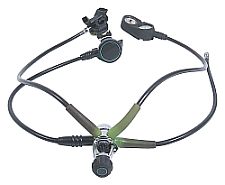
And of course, it all depends on what type of diving you do. The requirements of a dedicated ice diver are different than those of the occasional tropical water diver.
However, in an effort to try and answer the question, I have chosen what I consider to be the best regulator at various price points - entry level or budget, mid range and top end or high end.
Along this line, I have read many ratings and reviews of various scuba regulators. And let me tell you, there are alot out there! It really can be overwhelming. Hopefully our research for best scuba diving regulator will cut down on your research time.
For our picks, I have only chosen those models which have received many top reviews from lots of different users. My reasoning is that if it has universal good marks, chances are you will be happy with it too.
If you need information on how scuba regulators work, what to look for when buying a regulator or how to care for one, check out our free guide to regs here.
Note: I will be updating the list every 6-12 months or so since offerings/products can change and I want to make sure all new additions/deletions to the product line are taken into account. There are many new models and choices on this years list, so if you need a new reg for the diving season, you should be able to find one that suits your needs.
I divided the three categories for best scuba diving regulator based on price. They range from $700+ for the high end regs to under $300 for the entry level or beginner regulators.

To jump to the category you are interested in, just click on the link (picks are in no particular order in each category):
High End/Top End Models ($700+)Mid-range Models ($300-$700)
Entry Level/Budget/Beginner Models (under $300+)
Best Scuba Diving Regulator:
High End/Top End ($700+)
Choice #1:
We will start out with the most moderately priced of this category. Our first pick for best scuba diving regulator is a Scubapro model. It is a different model than last year's pick (which is no longer available) but Scubapro products continue to get great reviews from users.
The first stage on this reg has a balanced piston design.
The first stage swivels 360 degrees making it user friendly and easy to get a comfortable routing for your hoses.
This model has 2 high pressure ports, 5 low pressure high flow ports and is nitrox compatible.
Scubapro states that the high flow ports allow 15% more air to flow through than regular standard low pressure ports. Reviewers do unanimously agree that this reg breathes effortlessly.
The airflow is diver adjustable so you can customize your breathing effort. Divers noted how easy it was to breathe no matter what position you were in - upside down, face up, sideways, etc.
It also features an ergonomic mouthpiece to increase the comfort level.
If you are a cold water diver, this Scubapro model has been approved for cold water usage and reviewers have had positive experiences using this reg in cold temperatures.
This model is currently being offered with a free regulator bag.
Pros:
- Ease of breathing in all body positions (overwhelming comments on this)
- Adjustability (diver air control/swivel on first stage)
- Comfortable
- Well built, sturdy
- Nitrox compatible
- Lightweight
Cons
- Mouthpiece is tall (1 reviewer)
- Breathes wet (1 reviewer); most reviews stated it was dry
Choice #2:
Next up for best scuba diving regulator in this category is an Atomic model. It makes a return appearance from last year.
It gets high marks for quality as most Atomic regs do. It is a balanced piston construction. This model's first stage is forged out of solid block of stainless steel and feature 2 HP ports and 5 LP ports on a 360 degree swival cap.
Stainless is said to have the same corrosion resistance as titanium but at a lower price. Of course, stainless also weighs a bit more but you can't have everything.
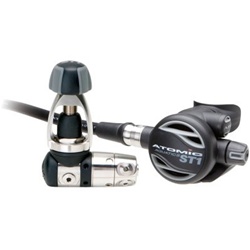
The second stage, however, does have all internal titanium components. This aspect of the construction is the same as the more expensive T2 Atomic regulator.
The second stage also features a comfort swivel to help with any jaw hurting positions.
The second stage also has an automatic flow control which will automatically adjust your airflow depending on your depth. Now that sounds nice - just go with the flow :).
Not to worry though, there is a manual adjustment knob on the second stage for those "unexpected" situations. Hopefully you will never have to use it.
And, of course, this reg is nitrox compatible.
It gets rave reviews for breathing ability, no matter the situation. This was a Scuba Lab Tester's Choice.
Pros:
- Ease of breathing
- Comfort, including the swivel on the second stage hose
- Stays dry
- Nitrox compatible
- Well made, lightweight
Cons
- Some mentioned price, but said you get what you pay for (found no other negative comments)
Choice #3:
This the one to get if money is no object. The Big Kahuna of regulators. This is the Atomic all titanium regulator. It is no surprise it stays on the list for another year.
This choice for best scuba diving regulator pretty much has it all. First, it is made of titanium so it is lighter than other models.
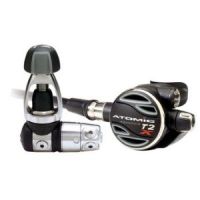
Same as the Atomic ST1 this model has a balanced piston construction. The first stage materials consist of titanium and monel (highly resistant to corrosion).
This model has 2 HP ports and 5 LP ports on a swival fitting.
It also boasts all the same features as the ST1 model such as a comfort swivel, automatic flow control and rapid adjustment knob. It is of course, nitrox compatible
It has gotten rave reviews from divers and professional reviewers alike.
Pros:
- Ease of breathing
- Lightweight (half a pound lighter than the ST1)
- Nitrox compatible
- Comfortable
Cons
- Price, withouth a doubt
Best Scuba Diving Regulator:
Mid-range ($300-$700)
We have all new picks in this category since our previously recommended models are no longer available. Things can change fairly often in dive equipment and I am trying to keep up!
Choice #1:
Our first pick for the 2015-2016 diving season in the mid-range category is a Hollis regulator.
This reg comes with an over-balanced diaphragm first stage which will increase your air flow the deeper you go.
It also has a dual diaphragm design which seals out the interior of the regulator from the outside environment. If you are a cold water diver, this environmental seal also prevents icing.
This Hollis model has 4 low pressure ports and 2 high pressure ports.
The second stage is pneumatically balanced and has an orthodontic designed mouthpiece for greater comfort.
It also has a diver adjustable air flow along with an adjustable venturi system to prevent free flow on the surface - especially useful during shore entries or long surface swims.
This regulator is nitrox compatible to 40% and has easy grip controls even if you are wearing gloves. It comes in a yoke or DIN configuration.
Pros:
- Well made, attention to detail
- Breathes easily
- Solid performance in both warm and cold waters
- Environmentally sealed
- Orthodontic designed mouthpiece for comfort
- Nitrox compatible
Cons:
- First stage doesn't swivel (the DC1 model has a first stage that swivels)
Choice #2:
Our second pick in the mid-range category is a Mares model. This Mares model has been garnering great reviews for a while now and has earned its spot as one of our top picks. Nothing wrong with a tried and true model.
On its' website Mares also states that the Abyss has set many diving records, "such as the deep solo-dive to -313m- and 101 divers breathing simultaneously for 40min from a single MR22 first stage."
Now you will probably never have to use it for either of these feats but I thought they were interesting tidbits.
This Mares reg has a balanced diaphragm first stage and contains 2 high pressure ports and 4 low pressure ports (three 3/8" ports and one 1/2").
The second stage is downstream demand (unbalanced) and is made of all metal.
Instead of user controls on the second stage, Mares manufactures it with what they call a "Vortex Assisted Design". They state that this design uses a bypass tube to direct air right to the mouthpiece and reduce inhalation resistance. (Note: All Mares second stages have the Vortex Assisted Design.)
Users have reported overwhelmingly that his regulator does breathe easily.
Pros:
- Easy breathing, even at depth
- Well-constructed
- Comfortable
- Works well in cold water
- Nitrox compatible
Cons:
- Heavy (quite a few reviews noted this)
- Hose could be longer, pulls at mouthpiece (several reviews)
Best Scuba Diving Regulator:
Budget/Entry Level (under $300)
Many people believe all regulators will cost you an arm and a leg. As this category shows, this is not true.
A pick for best scuba diving regulator and a low price point are not mutually exclusive.
There are regulators out there that will do a fine job without the high price tag.
You might give up some bells and whistles, but the regulator will still be dependable and let you breathe comfortably underwater.
So if you are on a limited budget this is the category for you.
Choice #1:
Our first choice for best scuba diving regulator in the "beginner" category is a Genesis model.
It is very affordable at just over $200 and get high marks for comfort and adjustability. It was chosen as best buy from Scuba Lab testers.
This Genesis regulator is a balanced piston design and offers 2 HP ports and 4 LP ports. It has a dry sealed 1st stage.
It also has a balanced second stage which has a pre-dive/dive switch which makes it easy to control sensitivity depending on your activity.
This model offers a diver adjustable air flow so you can set it to your comfort level and also offers an orthodontic mouthpiece.
This model, according to the manufacturer, is not nitrox compatible out of the box. Converting it to Nitrox ready appears to be a fairly simple process.
Pros:
- Easy to breathe
- Ease of adjustment
- Comfortable
- Great value for price
Cons
- Can breathe a bit "wet" (mostly when inverted)
- Some free flows reported (need to adjust)
Choice #2:
Up next for the best scuba diving regulator in the budget category is a Cressi model. This is a very low priced model coming in at just over $150.
Nevertheless, it has still gotten very good reviews with a rating of 4.5 out of 5.0.
You may not be getting all the features of more expensive models but it is still a solid choice for the budget conscious and/or entry level diver.
This reg has a non-balanced piston 1st stage and offers 1 HP port and 4 LP ports. This reg is nitrox compatible.
It also features diver adjustable airflow on the second stage and an orthodontic mouthpiece.
Pros:
- Easy to breathe
- Easy to adjust
- Comfortable and lightweight
- Definitely price
Cons
- Some users report free flowing
Choice #3:
Our last, but not least, pick for best scuba diving regulator is a Sherwood model.
This regulator has a balanced piston design and has 2 HP ports and 4 LP ports. It is also nitrox compatible.
This Sherwood regulator features a changeable exhaust T - one is more compact and the other is wider so you spread the bubbles further away from your face, giving yourself an improved field of vision. There are only 2 screws to change for this setup so it is an easy adjustment.
Pros:
- Comfortable; design reduces jaw fatigue
- Easy breathing
- Nitrox compatible
- Changeable exhaust T's
Cons
- May breathe a bit wet in certain positions
Hopefully, these recommendations will at least give you a place to start and will make your search for the best scuba diving regulator a little easier.
Don't forget, you are going to need to buy an octopus too if you don't already have one. This Cressi Octopus gets top reviews and is currently on sale for a great price.
Have fun shopping for the best scuba diving regulator for you!
Want to stay down longer and improve your buoyancy control and other diving skills? Our free report "Increase Your Bottom Time" along with our practical, weekly actionable tips will have you looking like a seasoned diver in no time. So come join us and see improvement on your very next dive!
(Click on the photo to join us now!)
What's New
-
Unofficially Summer
May 25, 24 07:19 AM
Well it is finally here. Memorial Day weekend and the unofficial start of summer! Wishing everyone a happy and healthy holiday weekend. Hopefully the weather cooperates wherever you are and you will b… -
Happy New Year
Jan 01, 24 06:00 AM
Happy New Year everyone! I hope everyone is well and had a fun New Years Eve! May your new year be filled with lots of wonderful dives. All the best to you and yours in 2024! Let the dives begin. -
Happy Holidays
Dec 14, 23 05:05 AM
I hope everyone is enjoying the holiday season! I am always amazed at how fast time flies and another year is just around the corner. I wanted to pop in and say hi to everyone. I am doing some full ti… -
3 Common Scuba Diving Mistakes New Divers Make
Feb 23, 23 02:18 PM
In this video, I share 3 common scuba diving mistakes beginner divers make. Learn how to correct these for a better - and safer - dive. -
Scuba Diving Tipping Etiquette: How Much And When To Tip Scuba Crew
Feb 06, 23 03:34 PM
Not sure of scuba diving tipping etiquette? In this video I share who to tip, when to tip, how much to tip, tipping on liveaboards, tipping an instructor & more
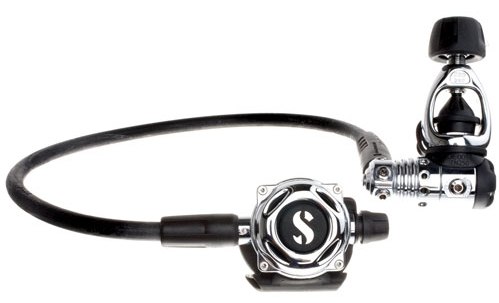
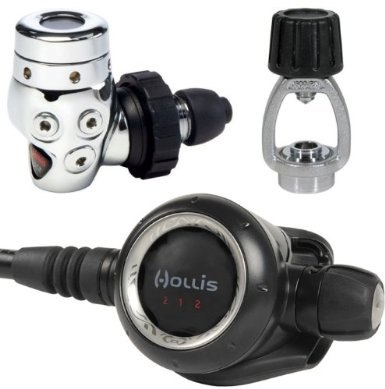
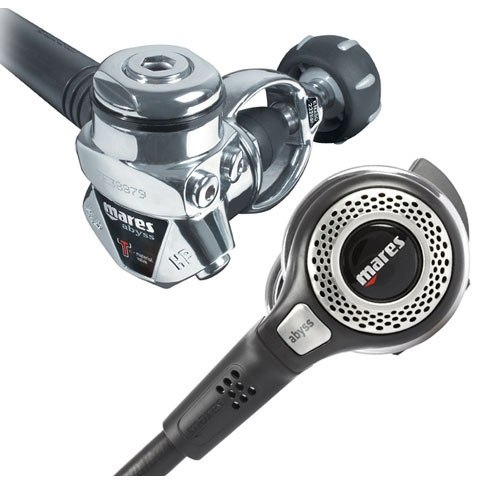
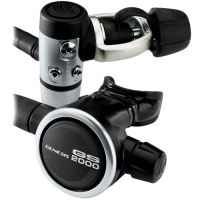
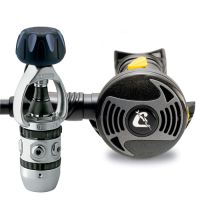
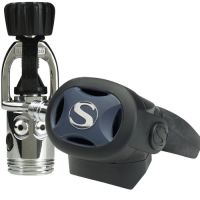

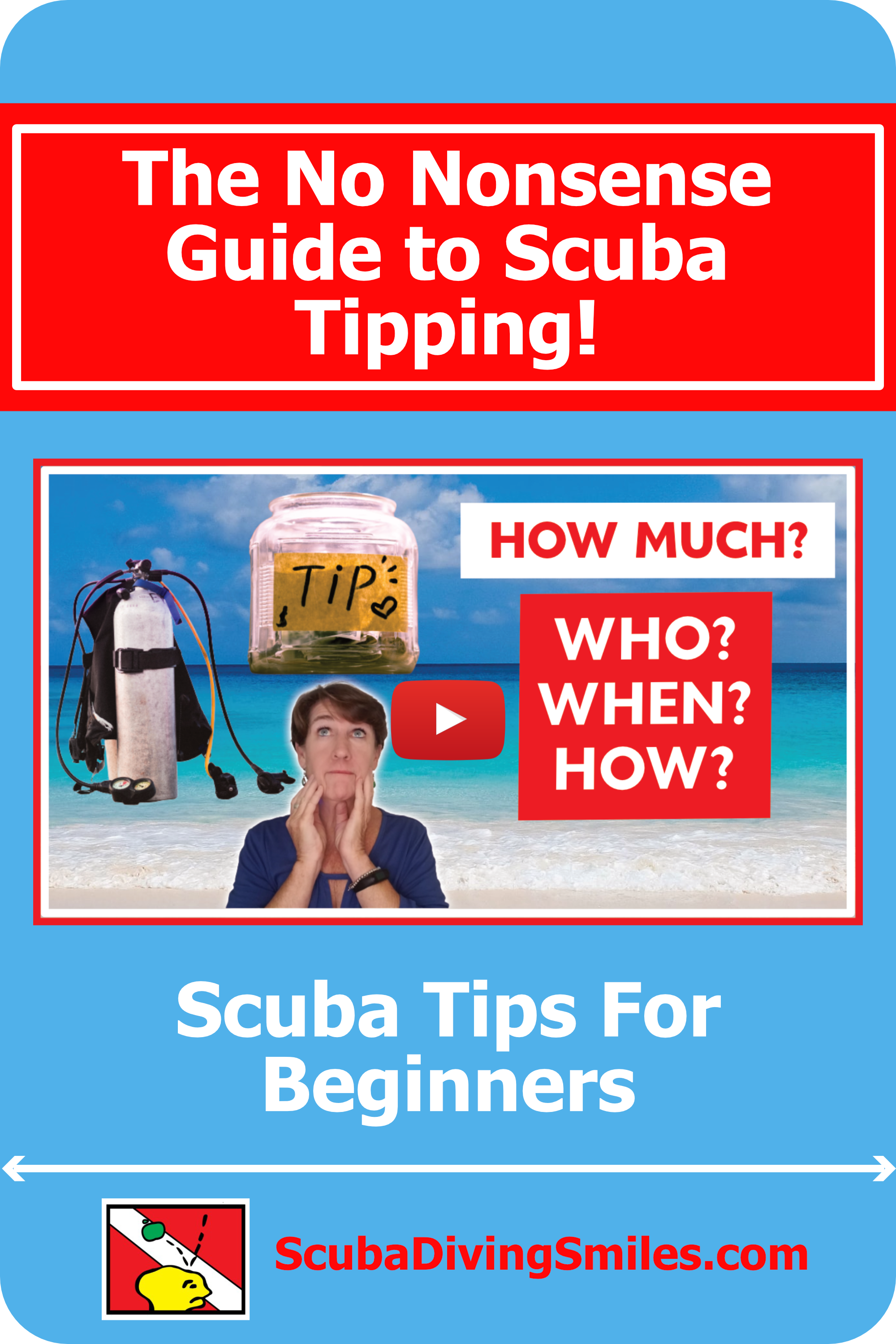
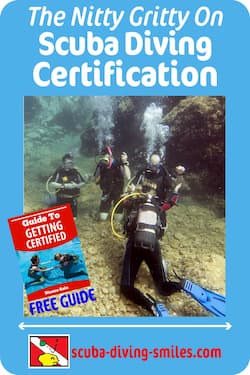
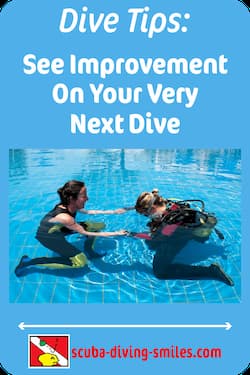
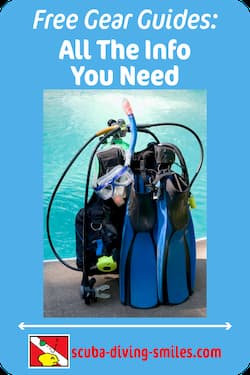

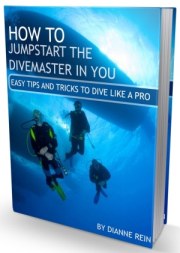
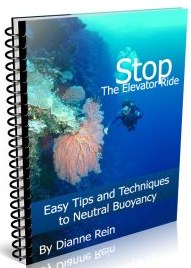
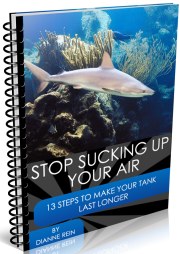
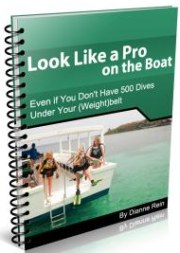
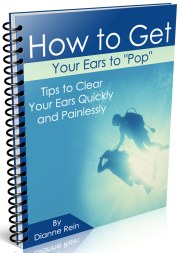
New! Comments
Have your say about what you just read! Leave me a comment in the box below.